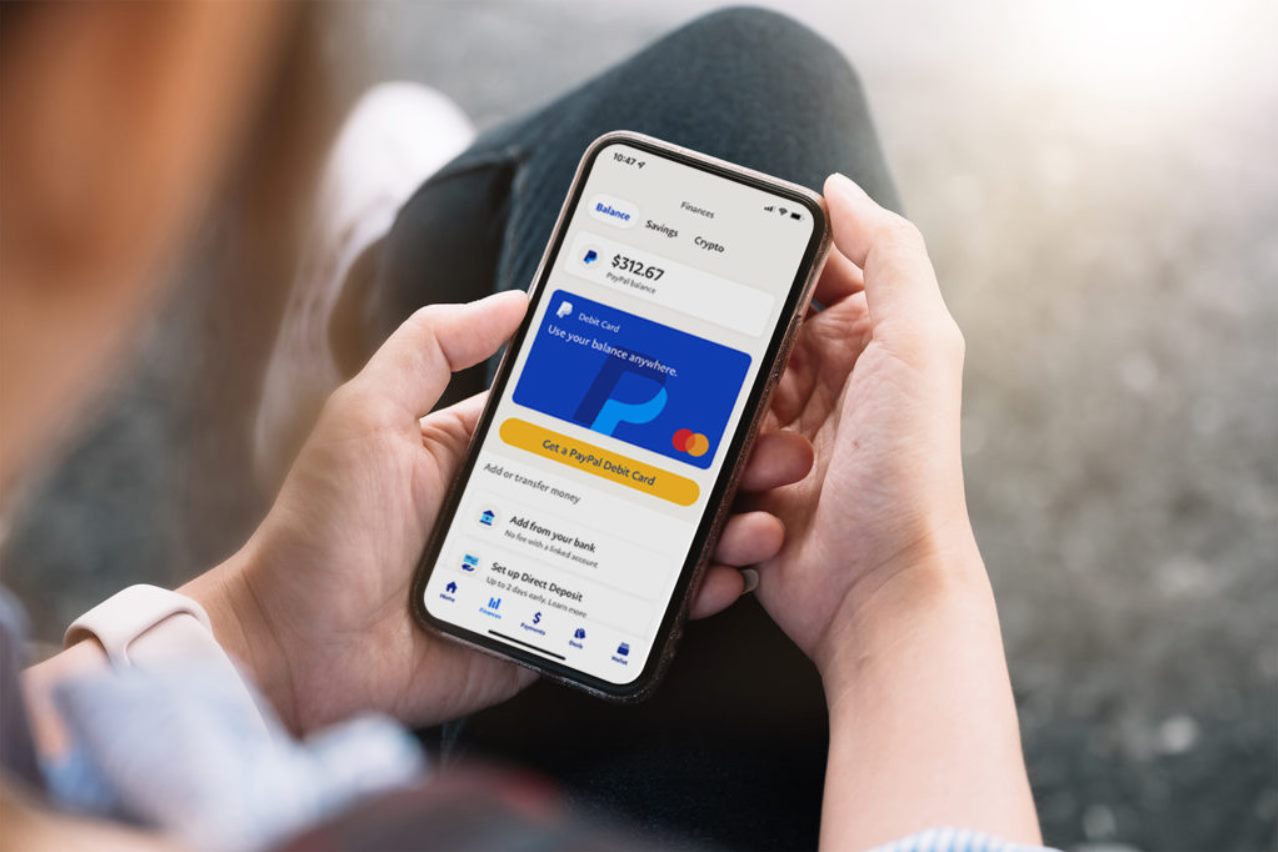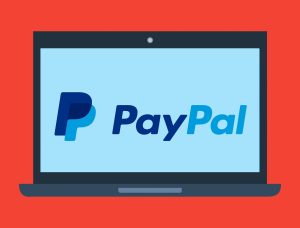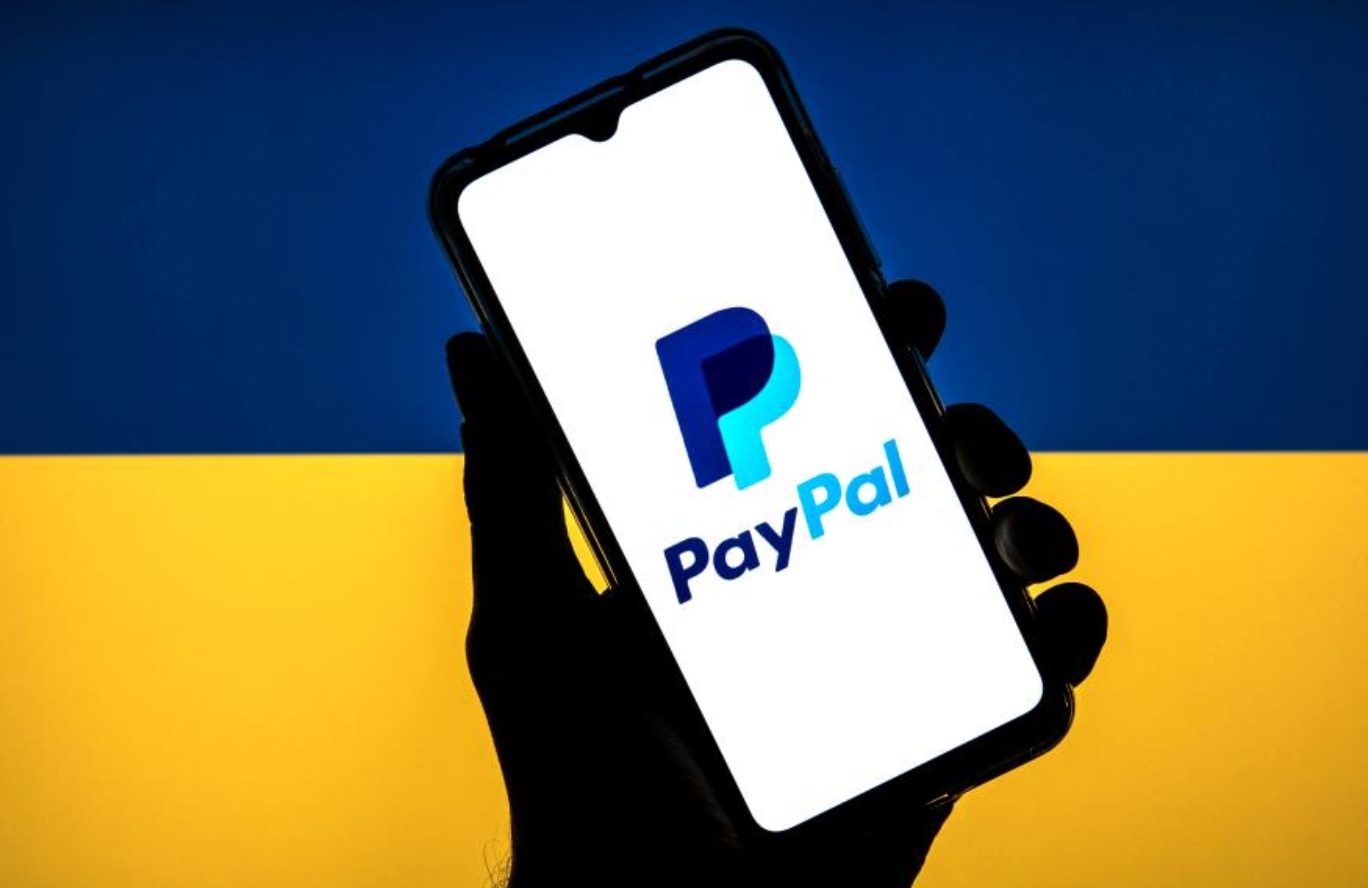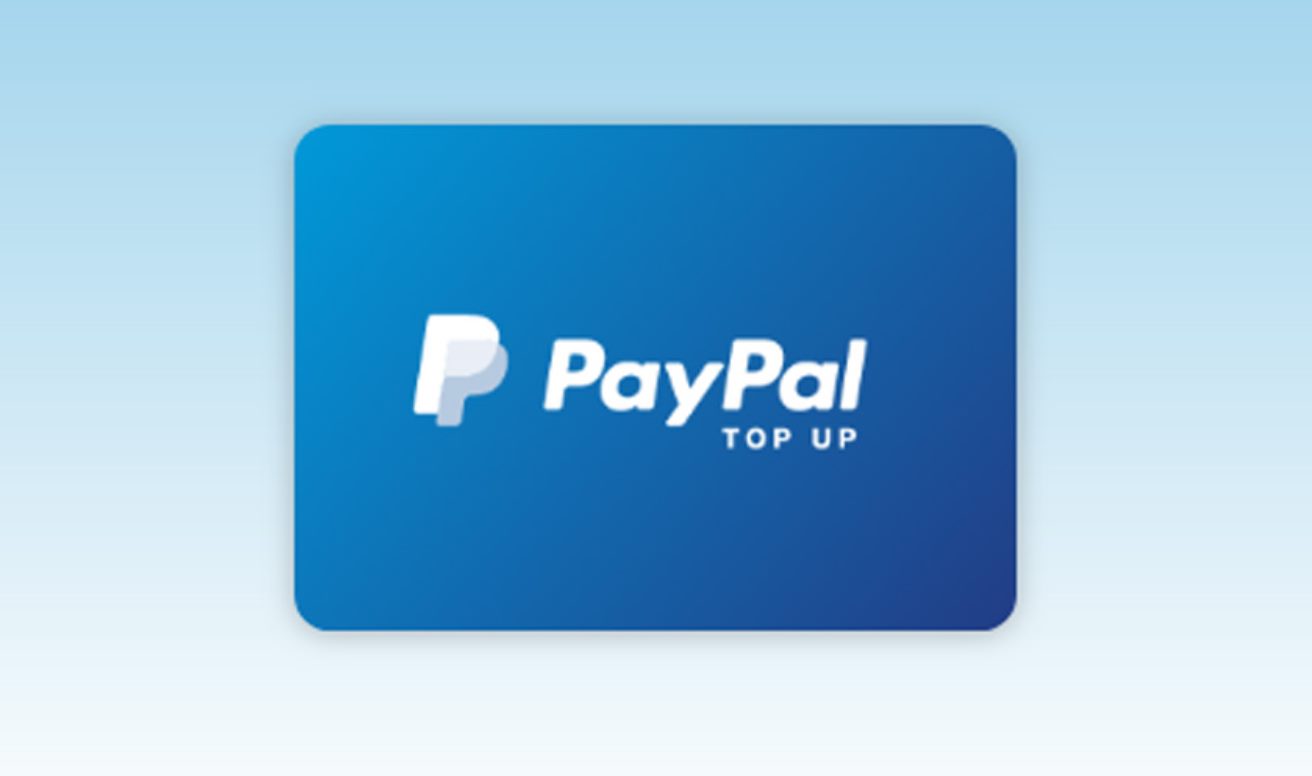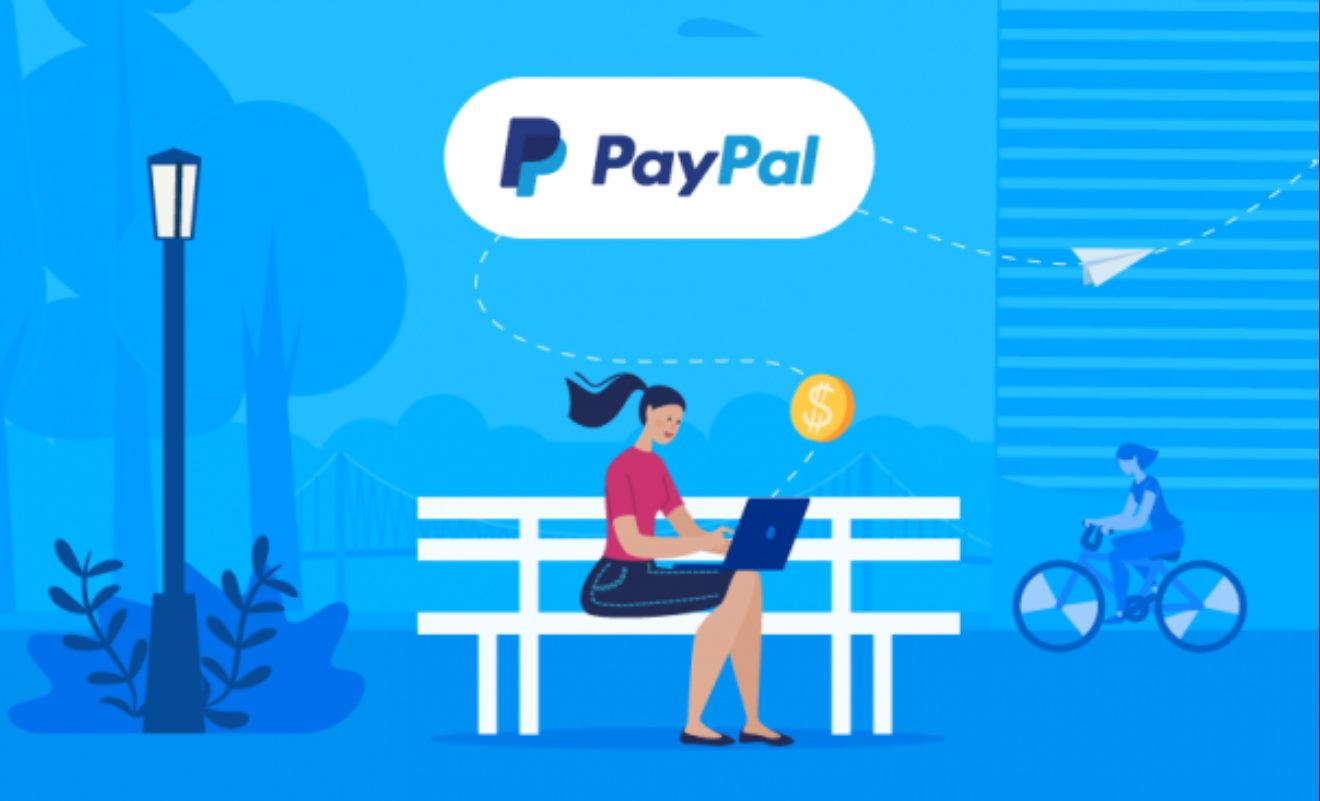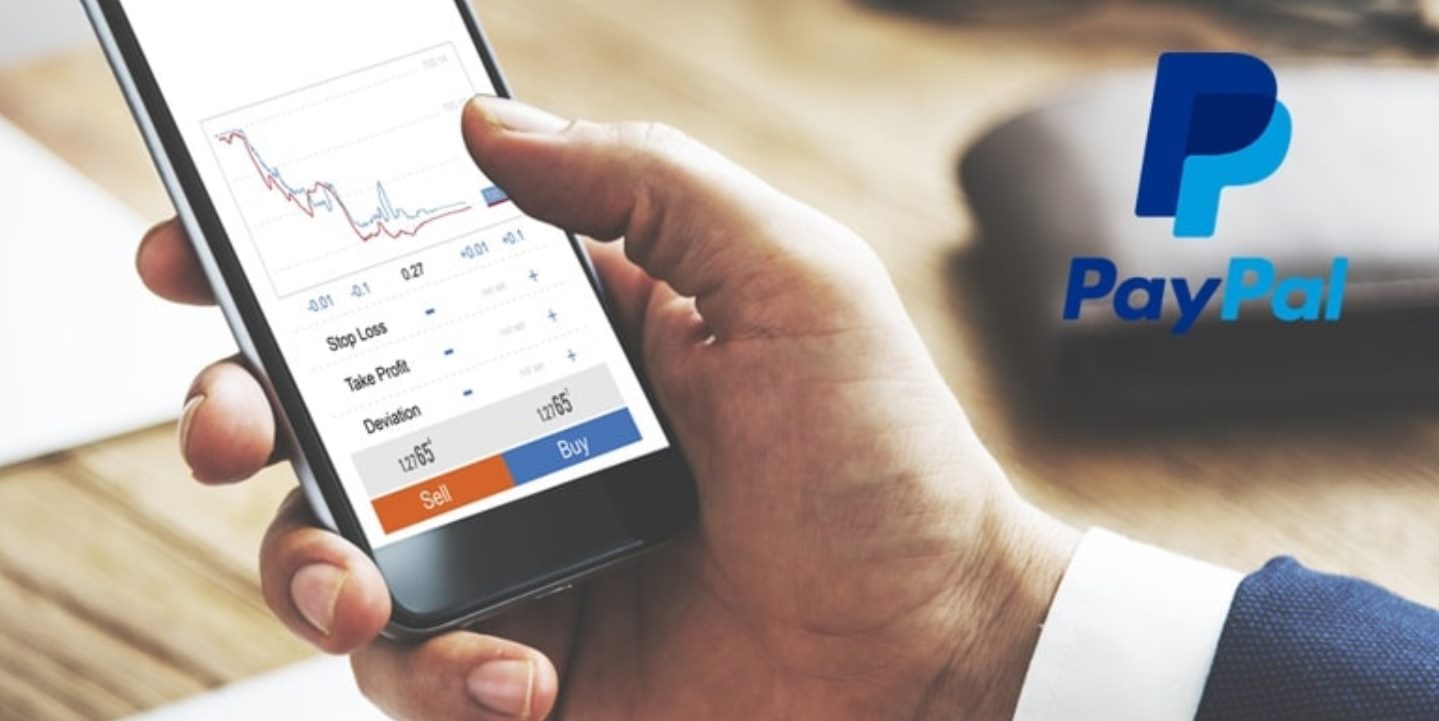What are PayPal Charges?
PayPal charges refer to the fees and costs associated with using the PayPal payment platform. Whether you are sending or receiving money, converting currency, withdrawing funds, or dealing with refunds and chargebacks, PayPal imposes various charges that you should be aware of. These charges are essential to understand to manage your transactions effectively and make informed financial decisions.
PayPal fees differ depending on the specific type of transaction and the country in which you are located. It’s important to review the latest fee structure provided by PayPal to ensure you have accurate information. In general, PayPal charges can be categorized into several key areas:
- Sending Money: When you send money to another PayPal user, whether domestically or internationally, PayPal charges a fee based on the amount sent. The fee is typically a percentage of the transaction’s value, but PayPal may also impose a fixed fee for certain types of payments.
- Receiving Money: When you receive money from another PayPal user, PayPal may charge a fee based on the type of transaction. For example, if you receive money for goods and services, PayPal charges a percentage of the transaction amount. However, if you receive money as a personal payment or a gift, there may be no fees involved.
- Currency Conversion: If you need to convert currency during a transaction, PayPal applies a currency conversion fee. This fee is based on the current exchange rate and can vary depending on the currencies involved.
- Withdrawing Money: When you want to transfer funds from your PayPal account to your bank account, PayPal may charge a fee. The fee amount can vary depending on factors such as the destination country and the amount being withdrawn.
- Refunds and Chargebacks: If you issue a refund to a customer or experience a chargeback, PayPal may charge a fee. The specific fee structure for refunds and chargebacks can vary depending on the circumstances.
- Other PayPal Charges: Apart from the fees mentioned above, PayPal may also have additional charges such as account maintenance fees, chargeback fees, and fees for certain types of transactions or disputed transactions. It’s important to review PayPal’s terms and conditions to understand these charges better.
Understanding and being aware of these PayPal charges can help you plan your transactions and manage your finances more effectively. It’s also important to consider these charges when calculating expenses and profits, especially for businesses and entrepreneurs who rely on PayPal as a primary payment method.
PayPal Fees for Sending Money
When you use PayPal to send money to another user, whether it’s for personal or business purposes, PayPal charges a fee based on the amount of the transaction. The fee structure for sending money varies depending on several factors, including the country you are sending money from and the country the recipient is located in.
PayPal typically charges a percentage fee on the total transaction amount. The percentage fee can range from around 2.9% to 4.4% and is calculated on the total amount sent. In addition to the percentage fee, PayPal may also impose a fixed fee depending on the type of payment and the country of the sender or recipient.
It’s important to note that the fee structure may differ for personal payments and payments for goods and services. Personal payments, such as sending money to family or friends, may have lower or no fees involved, while payments for goods and services are subject to standard transaction fees.
For example, if you are sending $100 to a friend within the same country, you may be charged a fee of around 2.9% plus a fixed fee, depending on your location. However, if you are making a business payment of $100 to an international supplier, the fee percentage may be higher, along with potential currency conversion fees.
PayPal also offers different fee structures for merchants and businesses. If you have a PayPal Business account or use PayPal for your online store, you may be eligible for discounted transaction fees based on your sales volume or regularity of transactions. It’s worth exploring PayPal’s merchant solutions and fee structures to find the best option for your business needs.
Keep in mind that fees may be subject to change, so it’s important to regularly review PayPal’s fee schedule to stay up to date with the latest charges. Additionally, remember that fees may vary depending on the specific country and currency involved in the transaction.
Understanding the fees associated with sending money through PayPal allows you to factor in these costs when budgeting or calculating expenses. It’s essential to consider these fees whether you are making personal transfers or conducting business transactions to ensure you have a clear understanding of the total cost involved.
PayPal Fees for Receiving Money
When it comes to receiving money through PayPal, the fee structure is slightly different than when sending money. PayPal charges a fee for receiving money based on the type of transaction and the country you are located in.
If you are receiving money for goods and services, PayPal charges a percentage fee on the total amount received. The exact percentage fee can vary depending on your location and the country of the sender. Typically, the fee ranges from around 2.9% to 4.4% of the transaction amount.
For example, if you receive $100 for goods or services, you may be charged a fee of around 2.9% to 4.4% of that amount, depending on where you are located. It’s important to keep in mind that this fee applies to the total transaction amount, including any shipping or handling costs, if applicable.
However, if you receive money as a personal payment or a gift, such as funds sent from a friend or family member, you may not be subject to any fees. PayPal allows users to send personal payments without incurring fees, making it a convenient and cost-effective way to transfer money among individuals.
It’s worth noting that the fee structure may also vary for international transactions, especially when it involves currency conversion. PayPal applies a currency conversion fee when funds are received in a currency different from your primary account currency. This fee is typically a percentage of the converted amount and can vary based on the exchange rate and other factors.
If you are running an online store or business and regularly receive payments through PayPal, you may be eligible for discounted transaction fees as a merchant. PayPal offers different fee structures and solutions for business accounts, so it’s worth exploring these options to find the most cost-effective solution for your needs.
Remember to review PayPal’s up-to-date fee schedule regularly to stay informed about the current charges for receiving money. Being aware of these fees allows you to accurately calculate your earnings and expenses, ensuring that you have a clear understanding of the costs associated with receiving payments through PayPal.
PayPal Currency Conversion Fees
When you engage in international transactions or receive payments in different currencies through PayPal, you may encounter currency conversion fees. These fees are associated with converting one currency to another and are applicable when the funds you receive are in a currency different from your primary PayPal account currency.
PayPal’s currency conversion fees are based on the current exchange rate and can vary depending on several factors, including the currencies involved and the specific conversion method used.
When you receive funds in a different currency, PayPal provides you with the option to convert the funds into your primary account currency at the time of receipt. If you choose to convert the currency, PayPal applies a conversion fee in addition to the exchange rate markup. This fee is usually a percentage of the total converted amount.
It’s important to note that PayPal’s currency conversion fees can range from around 2.5% to 4.5% of the converted amount. The exact fee will depend on the specific currency pair and the prevailing exchange rate at the time of the conversion.
For example, if you receive €100 and your primary account currency is USD, PayPal will apply a currency conversion fee if you choose to convert the Euros into US Dollars. The fee will be a percentage of the total converted amount and may vary depending on the current exchange rate and other factors.
If you frequently deal with international transactions or receive payments in different currencies, it’s important to consider PayPal’s currency conversion fees in your financial planning. Depending on the amount and frequency of these transactions, the fees can have an impact on your overall costs and profits.
One way to potentially reduce currency conversion fees is by using a multi-currency account or wallet within PayPal. This allows you to hold balances in different currencies, minimizing the need for frequent currency conversions. By strategically managing your currency balances, you can minimize the impact of conversion fees.
Always keep in mind that currency conversion fees can fluctuate and are subject to change. Stay updated with PayPal’s fee schedule and review the current rates to accurately calculate the costs involved in currency conversions.
Understanding PayPal’s currency conversion fees enables you to make informed decisions regarding international transactions and currency conversions. By considering these fees and exploring available strategies to minimize costs, you can effectively manage your cross-border transactions and optimize your financial processes.
PayPal Fees for Withdrawing Money
When you need to transfer funds from your PayPal account to your bank account, PayPal may impose fees for the withdrawal process. These fees can vary based on several factors, including the country you are withdrawing funds to and the amount being transferred.
PayPal’s withdrawal fees can be categorized into two main types: standard withdrawal fees and expedited withdrawal fees. The standard withdrawal fees are applicable for regular transfers, while expedited withdrawal fees come into play when you need to transfer funds quickly.
The standard withdrawal fee structure differs depending on the country you are located in. In some regions, PayPal offers free withdrawals to linked bank accounts, while in others, a fixed fee is applied per withdrawal. The fixed fee can range from a few cents to a few dollars, depending on the specific country and currency involved.
Expedited withdrawal fees, on the other hand, are charged when you use PayPal’s Instant Transfer feature. Instant Transfer allows you to transfer funds from your PayPal account to your linked bank account almost instantly. However, this convenience comes at a cost, and PayPal applies a percentage fee on the total amount being transferred.
It’s essential to note that withdrawal fees may also vary based on the amount being transferred. Some countries have tiered fee structures, where higher withdrawal amounts may be subject to higher fees. Additionally, currency conversion fees may apply if you are withdrawing funds in a currency different from your primary account currency.
It’s worth exploring PayPal’s fee schedule and reviewing the specific withdrawal fees applicable to your country and account type. By doing so, you can understand the costs involved and make informed decisions when it comes to transferring funds from your PayPal account to your bank account.
One way to potentially minimize withdrawal fees is by withdrawing larger amounts less frequently. Consolidating your withdrawals can help reduce the impact of fixed fees and optimize your cost-efficiency. However, it’s important to consider your own financial needs and liquidity requirements when deciding on the withdrawal frequency and amounts.
Keep in mind that fees may be subject to change, so it’s recommended to regularly review PayPal’s fee schedule and stay informed about any updates or revisions. By understanding PayPal’s withdrawal fees, you can effectively plan your finances and ensure that you account for these costs when managing your PayPal account and transferring funds to your bank account.
PayPal Fees for Refunds and Chargebacks
When it comes to refunds and chargebacks on PayPal, there are fees and costs involved that you should be aware of. Whether you need to issue a refund to a customer or experience a chargeback, PayPal may charge certain fees depending on the circumstances.
If you need to issue a refund to a customer, PayPal generally does not refund the original transaction fees associated with the payment. This means that even if you refund the full amount of the transaction, you may still be responsible for the initial fee that was charged when the payment was received. For example, if you received a payment of $100 and refunded the entire amount, you may still be liable for the percentage or fixed fee charged by PayPal on the original transaction.
In cases where a customer initiates a chargeback, which is an action taken by the customer to dispute a transaction, PayPal may impose an additional chargeback fee. This fee is usually applied to cover the administrative costs and efforts involved in resolving the chargeback case. The chargeback fee can vary depending on the country and currency involved and is typically non-refundable even if the chargeback is resolved in your favor.
It’s important to note that chargebacks can have other financial implications beyond the direct fee. In the event of a chargeback, PayPal may temporarily hold or freeze the disputed funds until the case is resolved. This can impact your cash flow and availability of funds during the resolution process.
To minimize the likelihood of chargebacks, it’s essential to provide clear and accurate descriptions of products or services to customers, maintain open lines of communication, and address any issues or concerns promptly. By providing excellent customer service and resolving disputes amicably, you can reduce the occurrence of chargebacks and mitigate potential costs.
It’s important to familiarize yourself with PayPal’s refund and chargeback policies to understand the specific fees and processes involved. Each country and currency may have different fee structures and conditions, so reviewing the terms and conditions applicable to your situation is crucial.
Remember to regularly review PayPal’s fee schedule and stay informed about any updates or revisions that may affect refund and chargeback fees. By understanding these fees, you can effectively manage customer refunds, mitigate chargeback risks, and ensure that you are prepared for any financial implications associated with refunds and chargebacks on PayPal.
Other PayPal Charges to be aware of
In addition to the fees mentioned above, PayPal may have other charges that you should be aware of. These charges can vary depending on factors such as the type of transaction, the country you are located in, and the specific circumstances surrounding your PayPal account and activities.
Some of the additional PayPal charges to keep in mind include:
- Account Maintenance Fees: PayPal may charge certain account maintenance fees, such as monthly or annual fees for certain types of accounts or services. These fees can vary depending on the type of account you have and the features and benefits associated with it. Before signing up for a PayPal account or specific services, it’s essential to review the terms and conditions to understand if any maintenance fees apply.
- Chargeback Fees: As mentioned earlier, PayPal may impose chargeback fees in cases where a customer disputes a transaction and initiates a chargeback. These fees are typically non-refundable and cover the administrative costs associated with resolving the chargeback case.
- Disputed Transaction Fees: PayPal may charge fees for handling and resolving disputed transactions that are not chargeback-related. These fees may apply if there is a dispute or disagreement between you and another PayPal user regarding a transaction. The specific fee structure can vary based on the nature of the dispute and the effort required to resolve it.
- International Fees: If you engage in international transactions, whether sending or receiving funds across borders, PayPal may apply additional fees. These fees can include currency conversion fees, fees for accepting payments in foreign currencies, or fees associated with cross-border transfers. It’s important to review PayPal’s fee schedule and policies related to international transactions to understand the specific charges that may apply in your scenario.
- Disputed Transaction Reimbursement: In the event that a disputed transaction is resolved in your favor, PayPal may charge a fee for reimbursing you the funds that were initially held during the dispute resolution process. This fee helps cover the costs associated with handling the dispute and returning funds to your account.
- Other Miscellaneous Fees: PayPal may have other miscellaneous fees that can apply in specific situations. These fees may include fees for returned payments, insufficient funds, or certain account-related actions. Reviewing the terms and conditions or contacting PayPal’s customer support can provide more information about these miscellaneous fees.
It’s crucial to familiarize yourself with PayPal’s fee schedule and policies to understand the specific charges that may apply to your account and transactions. By staying informed about these charges, you can manage your finances effectively, account for these costs when calculating expenses or profits, and ensure transparency in your financial transactions on the PayPal platform.
How to Avoid or Minimize PayPal Charges
While PayPal charges are an integral part of using the platform, there are strategies you can employ to minimize or avoid certain fees. By being proactive and following these best practices, you can effectively manage your PayPal expenses:
- Choose the right account type: Depending on your needs, consider selecting the most appropriate PayPal account type. PayPal offers personal and business accounts, each with different features and fee structures. Assess your requirements to determine which account type aligns with your financial goals and budget.
- Understand the fee structure: Take the time to familiarize yourself with PayPal’s fee schedule. Stay informed about the charges applicable to different types of transactions, countries, and currencies. By understanding the fee structure, you can plan and budget accordingly.
- Review alternative payment methods: Consider exploring alternative payment methods that may have lower fees compared to PayPal. While PayPal is widely accepted and convenient, other services may offer more cost-effective options for certain transactions.
- Consolidate withdrawals: Instead of making frequent small withdrawals, consolidate your withdrawals to minimize fixed fees. By withdrawing larger amounts less frequently, you can optimize the cost-efficiency of the withdrawal process.
- Utilize multi-currency accounts: If you frequently engage in cross-border transactions, consider using PayPal’s multi-currency accounts or wallets. This allows you to hold balances in different currencies and reduces the need for frequent currency conversions, which can be costly.
- Opt for personal payments: When sending money to friends or family members, consider using PayPal’s personal payment option. Personal payments typically do not incur fees, making it a cost-effective way to transfer funds within your network.
- Provide accurate product descriptions: When selling goods or services, ensure that your product descriptions are accurate and detailed. By setting clear expectations, you can minimize the likelihood of disputes, chargebacks, and the associated fees.
- Monitor and resolve disputes efficiently: Actively monitor your PayPal account for any disputes or issues raised by customers. Address these concerns promptly and resolve them amicably to prevent chargebacks and related fees.
- Regularly review and update: Stay updated with PayPal’s policies, terms, and fee schedules. PayPal may introduce new features, adjust fees, or offer promotions. By staying informed, you can adapt your strategy and take advantage of opportunities to minimize costs.
Implementing these strategies can help you optimize your PayPal usage and minimize the impact of fees. However, it’s important to balance cost considerations with convenience and the specific needs of your business or personal finances. Always assess the overall value and benefits PayPal provides in relation to its associated charges.
Remember that even with careful planning, fees are often unavoidable. Understanding the fees, managing costs effectively, and utilizing best practices will enable you to make informed financial decisions when using PayPal.
Conclusion
Understanding and managing PayPal charges is essential for anyone who uses the platform for sending or receiving money, converting currencies, withdrawing funds, and handling refunds or chargebacks. By being aware of the different fees involved, you can effectively plan and budget your financial transactions.
Throughout this article, we have explored various PayPal charges, including fees for sending and receiving money, currency conversions, withdrawing funds, and handling refunds and chargebacks. We’ve also discussed other charges, such as account maintenance fees and international transaction fees, that may be applicable in certain situations.
To avoid or minimize PayPal charges, it is recommended to choose the right account type, understand the fee structure, explore alternative payment methods, consolidate withdrawals, utilize multi-currency accounts, opt for personal payments when appropriate, provide accurate product descriptions, resolve disputes efficiently, and stay updated with PayPal’s policies and fee schedules.
However, it’s important to strike a balance between minimizing fees and considering the convenience and value that PayPal provides as a widely recognized and user-friendly payment platform. Ultimately, the specific charges incurred depend on your individual circumstances, transaction types, and geographic location.
Remember to regularly review PayPal’s fee schedule and stay informed about any updates or changes in policies. By staying knowledgeable about the charges involved, you can make informed financial decisions and effectively manage your PayPal transactions.
While fees are an inherent aspect of using PayPal, taking the time to understand them and implementing strategies to minimize costs will contribute to a more efficient and cost-effective experience. By navigating the world of PayPal charges with knowledge and awareness, you can optimize your financial transactions and make the most of the services provided by this popular payment platform.







